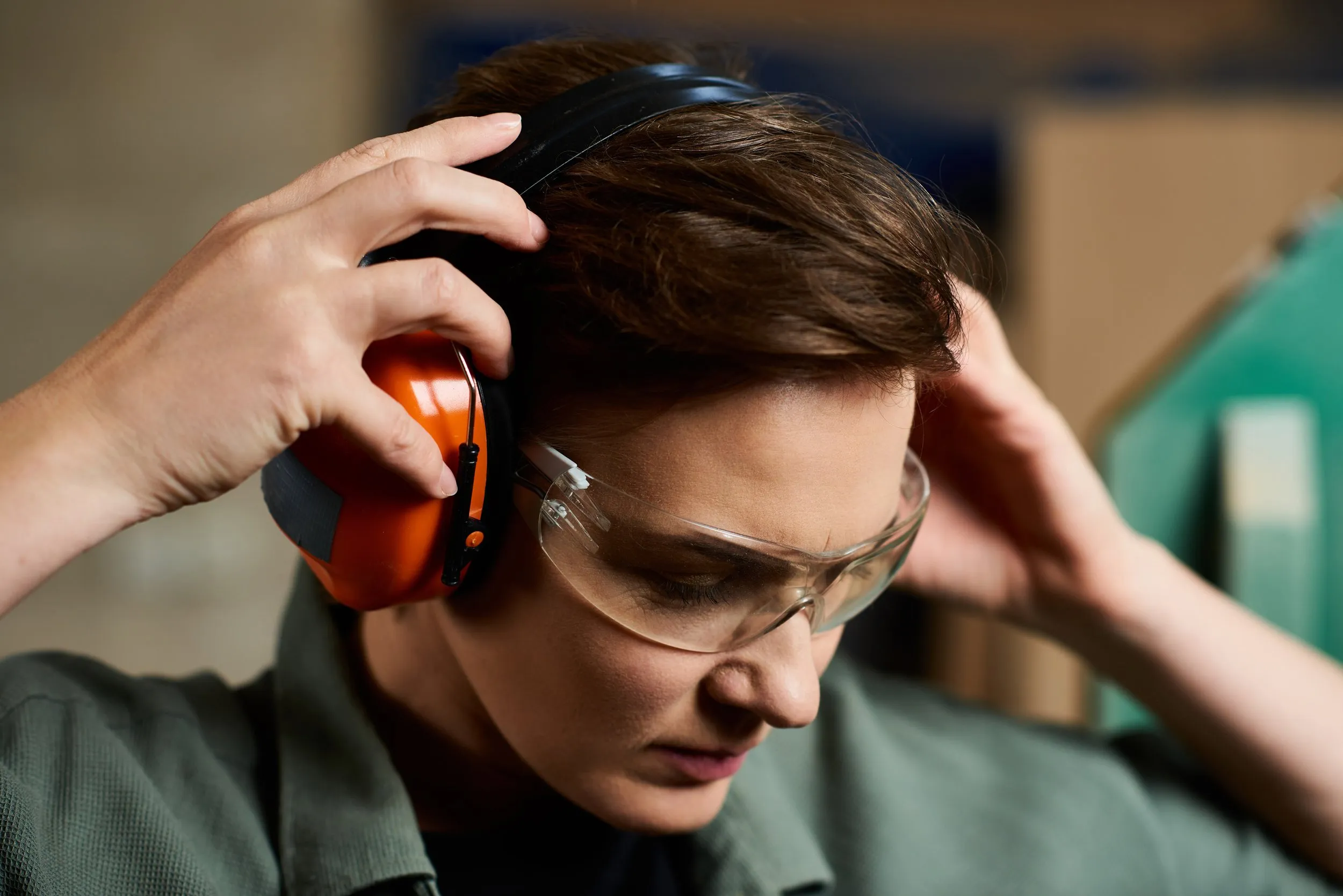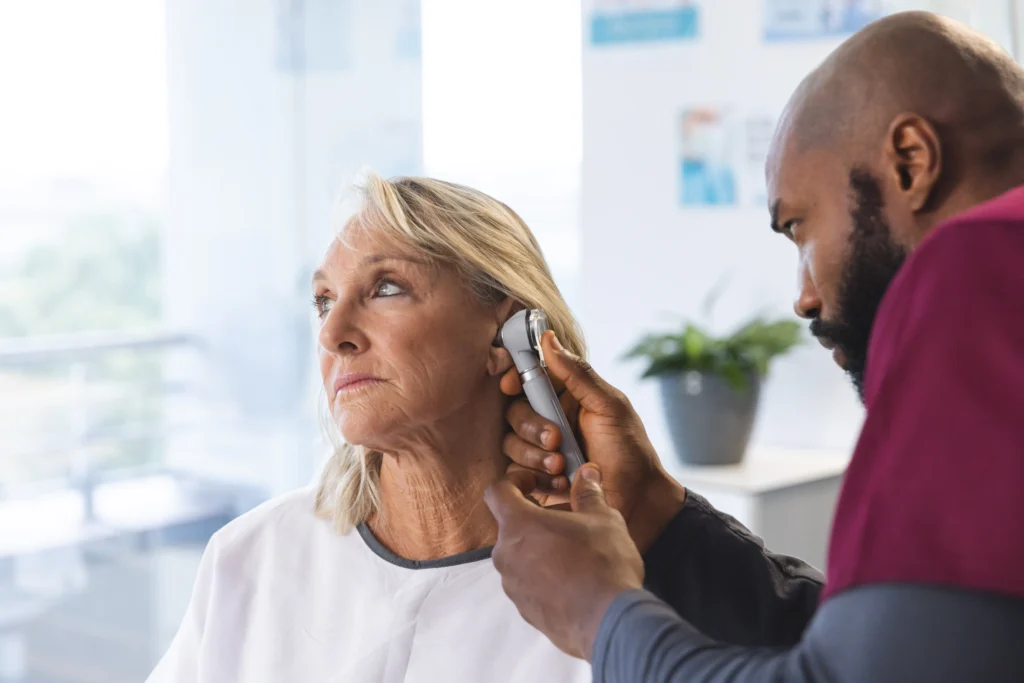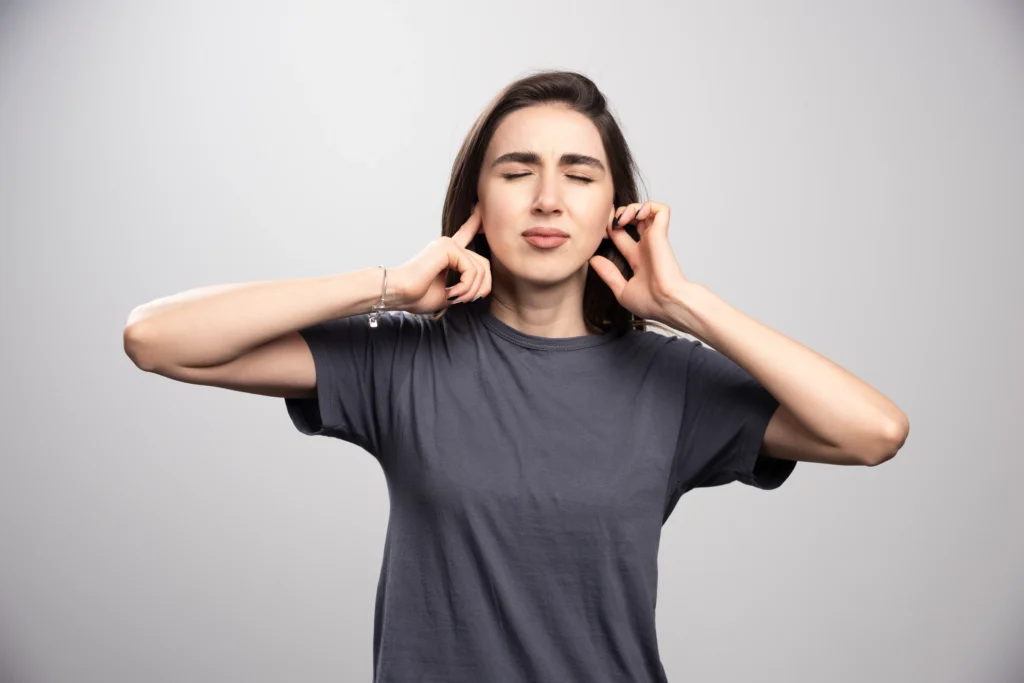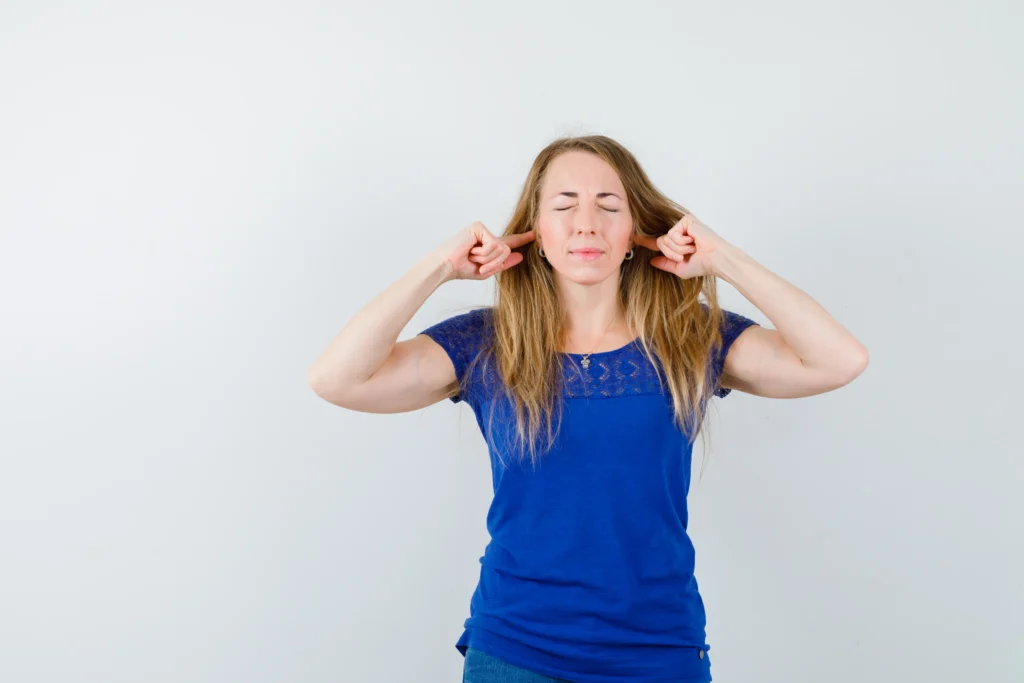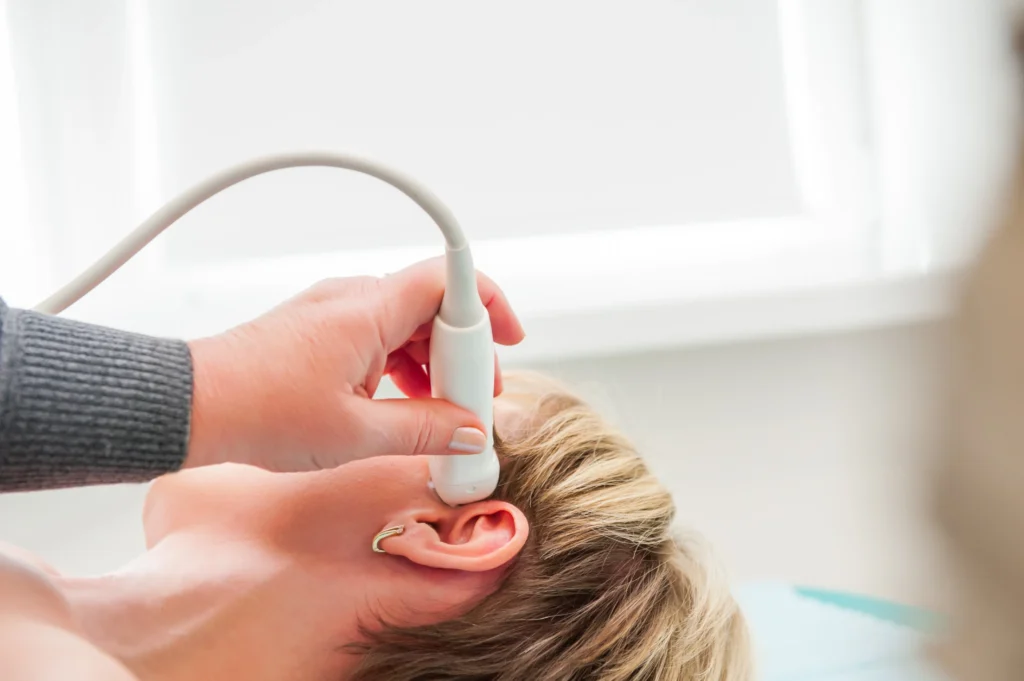Hearing loss is becoming increasingly common throughout the population, but did you know that in many cases, hearing loss is caused by exposure to excessive noise? Protecting your ears from this repeated exposure to noise can reduce or event prevent noise-induced hearing loss altogether.
This is where ear protection comes in. It is essential in protecting the delicate structures and tissues within the ear. We’ve rounded up some of the key dos and don’ts when it comes to choosing the right kind of ear protection for your needs.
Do: Recognize the Symptoms of Hearing Loss
The tissues within the ear are very sensitive, they need to be to allow us to hear different levels of sound. Once these tissues are damaged, they usually do not recover but you can prevent further issues by recognizing the signs. These include noticing a ringing in the ears, also known as tinnitus. Noticing that you’re having to turn the TV or radio up to hear it well.
Or are you finding it difficult to hear what people are saying when having conversations?
Do: Visit Your Audiologist
Your first step in protecting your hearing should be to visit your audiologist. They will be able to clean out your ears of any stubborn wax and be able to educate you on the types of ear protection available and which would be best for your particular circumstances. They’ll talk to you about your employment, lifestyle and hobbies to identify where changes need to be made and hearing protection is worn.
If you are already experiencing a level of hearing loss, then they will be able to recommend and fit any hearing aids that might be required too.
When using hearing protection regularly, it’s a good idea to visit your audiologist on a regular basis to ensure that your ears are free from wax which may affect your hearing. Don’t be tempted to try and clean deep earwax build up yourself, you could cause further damage. Always let a professional do it for you.
Your audiologist will also be able to give you regular hearing tests and adjust your hearing protection recommendations accordingly.
Do: Use Hearing Protection Suited to Your Circumstances
There are different types of hearing protection, which are suitable for different situations. From earplugs to ear defenders, it’s more than a fashion choice, you need to use the correct level of protection for you.
Think about what levels of noise you are exposed to and for how long.
Do: Use the Correct Noise Reduction Rating
Every type of heating protection has a noise reduction rating. This lets you know how much it reduces noise levels. The higher the rating, the greater the level of noise reduction.
Using the right level of noise reduction is important. You might be working on a construction site, a live music venue or a factory. Each of these has different noise levels and durations.
Do: Clean Your Hearing Protection Regularly
Anything that spends time in your ears needs regular cleaning. By doing this, you’ll prevent bacteria and earwax from building up and causing health problems. Get into the habit of cleaning them off with an antibacterial wipe at the end of the day and every so often, give them a thorough cleaning too.
Don’t: Use Un-Molded Earplugs
When you need to use hearing protection on a regular basis, then you’re going to want it to be as comfortable as possible. That’s where bespoke molded earplugs come in. They are made to fit your ears perfectly, giving extra protection to your ears.
Comfortable earplugs means that you can wear them for longer.
Don’t: Share Your Hearing Protection
If you are using earplugs that fit into the inner ear, then you shouldn’t be sharing these with other people. This is a sure-fire way to catch infections from other people. Inner ear infections can be serious and cause a lot of discomfort.
If you are using ear protection, then this should be cleaned with an antibacterial wipe or spray before being used by someone else.
Adirondack Audiology
If you would like to speak to an audiologist regarding your hearing and hearing protection needs, visit Adirondack Audiology today. Our fully trained and experienced audiologists will be able to assess your needs and recommend the right type of hearing protection for you, allowing you to maintain your hearing for as long as possible. Call us at +1 (802) 922-9545.


